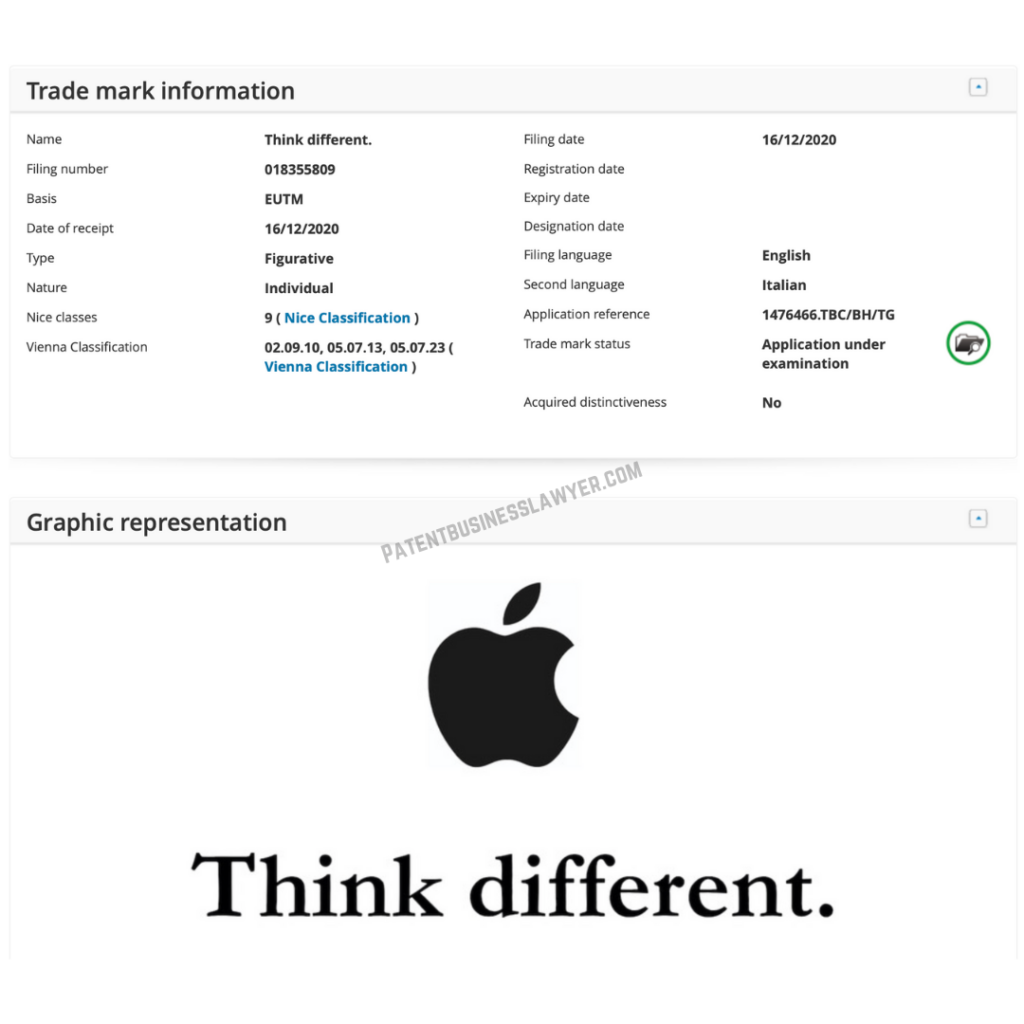
Innovative business owners build a brand identity by way of trademark filing and international trademark registrations. Consumers relate with a brand through its identity and companies focus on strong internal culture to deliver on their brand promise. As an entrepreneur and a business owner, it becomes the primary responsibility to ensure that the company’s branding strategy is aligned with the business goals. A strong branding strategy is a result of portfolio of trademark applications and registrations, which are not limited to domestic market, but focus strongly on global trademark protection by taking advantage of Madrid protocol.
Depending upon the type of brand, it gets simpler to understand the culture behind the strength of the brand. For example, companies like Apple, Nike and Amazon fall under the category of innovative brands, wherein the primary corporate behavior includes a consistent track record for launching advanced products derived from innovative technologies. Similarly, companies like IKEA or Walmart focus on value first approach, wherein the brand is aimed at offering lower prices for basic quality products and services.
In terms of brand protection, Apple provides an excellent case study to review its strong trademark portfolio. As an example, a recent trademark application has been filed by Apple in Europe that protects the brand “Think Different”. It is prudent to note that this signifies one of the earliest trademarks filed by Apple, with a fresh approach in terms of logo as illustrated below.


The Trademark Act, 1999 came into force with the objective of imbibing any modern developments seen in trading and commercial practices, a continues to move towards rapid globalization and necessary synchronization with the International trade laws. In India, the mark applied for must be capable of being represented GRAPHICALLY and represent distinct one person’s goods and services from those of other. Recently, statutory protection has been extended to Well–Known Trademarks as well. The Trademark (Amendment) Act, 2010, which came into effect from 8th July 2013, brought the Madrid Protocol into force in India, after notification. This system enables Indian businesses to file a single application in one language, one fee in one currency in India for registration of their trademark in all or any of the member countries under Madrid. It incorporated a new CHAPTER IV-A containing special provisions relating to the International Registration of Trademarks.
Over time, various amendments have been introduced to the trademark law in India, including, an application may be made in India for extending the protection in the designated countries within a period of 18 months, and the classification of goods and services will be as per the NICE Classification as published by the World Intellectual Property Organization (WIPO). As per these amendments, the Registrar was also required to publish a class-wise and alphabetical index of the goods and services, including those of Indian origin.
After succession to the Madrid Protocol, the Trademarks Registry (TMR) office of India now has two-fold responsibilities, including, acting as an office of Origin aimed for, receiving international application, transmitting the confirmed application to the International Bureau of WIPO, responding to notifications regarding irregularities by the International Bureau, and, communicating to the International Bureau where the period of 5 years has expired for basic applications. In addition, as an office of the Designated Contracting Party, the Indian Trademarks Registry records the particulars of the International Registration and examines it in accordance with the provisions of the Trade Mark Act and Rules, and subsequently communicates a provisional refusal to WIPO in case of objections after publication. Thereafter, the trademark examiner considers the response to the refusal and subsequently either withdraws it or confirm the application fully/partly giving protection to the International Registration in India.
The NICE classification is a system of the international classification that is subsidiary to the NICE Agreement and is used for the application of trademarks. It has 45 classes out of which, classes up to 34 categorize as those of goods and subsequently classes 35 to 45 classified as services. This system is a search tool to ensure whether goods and services being applied for are within the classes as defined under the NICE Classification, helping one understand where to apply for while filing for a trademark. India is not a party to the NICE agreement but it follows it with precision. In 2010, the Rules were amended to include certain services from class 42 and created classes 43, 44 and 45 to align it with the Nice Classification.
The act overrules the Trademark Rules of 2002. Here are some of the salient features of this amendment:
(i) Reduced number of Forms: the 2017 rules have opted for formats that can be used for multiple types of applications, as opposed to the 2002 rules which were tailored made formats for each application. The total number was reduced from 74 to just 8.
(ii) Increase in fees for Trademark Registration: the fee has been increased significantly in each type of registration. Certain concessions have also been made at the same time.
(iii) Concessions to Startups, Individuals and Small Enterprises: the definition for ‘Startups” and ‘Small Enterprises’ have been included in the rules with this amendment. As per Schedule 1v of the same rules, these entities have been provided reasonable concessions.
(iv) E-Filing: this amendment incentivizes the process of e-filing and online application through fee concessions. Schedule 1 shows a 10% reduction for the e-filing of the forms.
(v) Procedure to determine a Well-Known Trademark: until now a well-known trademark could be identified only through a trademark infringement suit issued by the owner of the mark. However, with this amendment, the owner of the mark can make a direct application to the registrar.
(vi) Representation of Sound Mark: the relevant changes were made to Rule 26 in the 2017 amendment since there was no mention of sound marks in the previous Rules.
(vi) Video Conference for hearing: with these rules a hearing is now allowed through video – conferencing or any other audiovisual communication.
(vii) Recognizing Email as a mode of Service: The Registrar can after dually informing the public in the Trademarks Journal accept communications of a routine nature through Email. Changes have been made to both Rule 15 and 14 where there is greater acceptance of sending a lot of documents through an electronic medium.
(viii) Filing of Statement of the user has been made mandatory: while the 2002 rules left it to the discretion of the Registrar, the 2017 rules make it mandatory for the applicant to file an affidavit testify use.
Read About Patent FIling Guide



